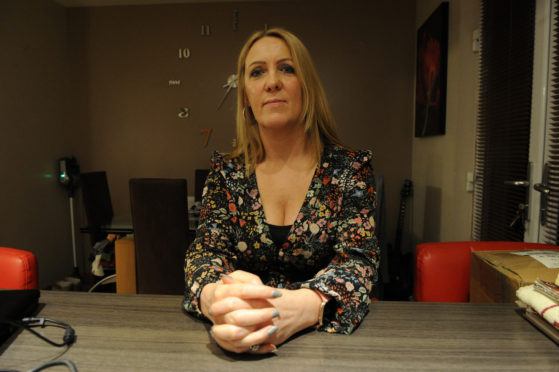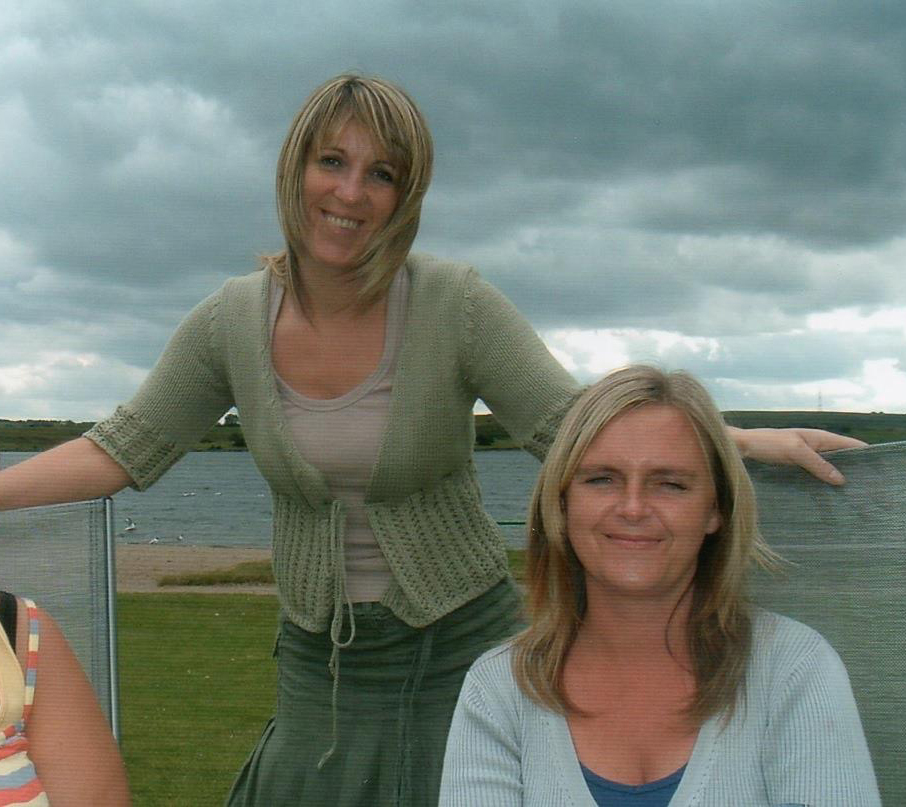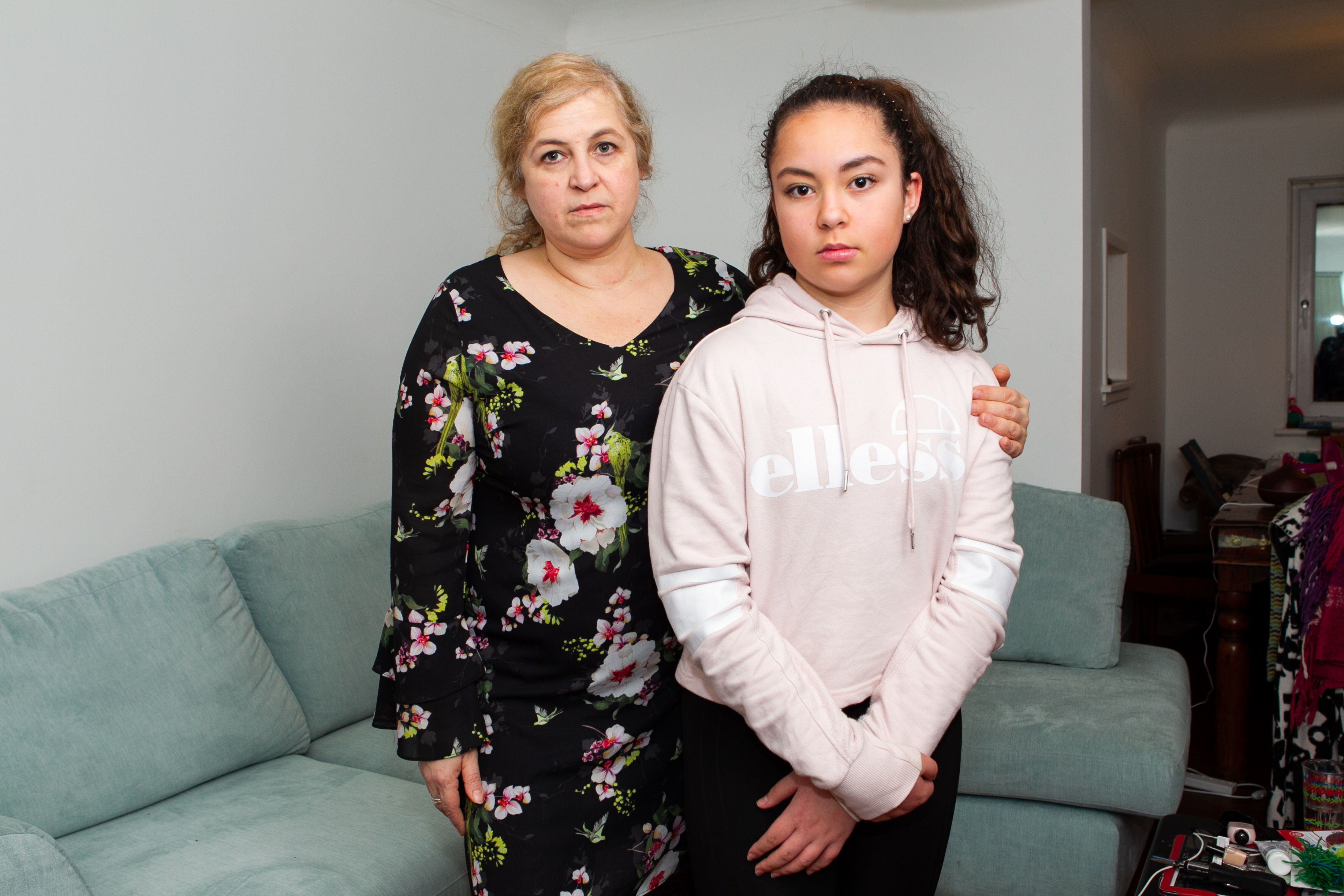
Women are at greater risk of fatal heart attacks because of sex discrimination in the health care system, experts reveal today.
Coronary heart disease kills one in 10 women in Scotland, three times as many women as breast cancer.
But, according to one of the country’s leading cardiac consultants, they are being failed by a culture where heart problems are mostly thought to be a risk to men and a care system where there is not enough awareness of women-only symptoms and drug treatments are designed for male patients.
Professor Colin Berry, head of cardiology and imaging at Glasgow University, said: “More recognition is needed for heart disease in women and heart problems that affect women.”
While fewer women suffer heart attacks than men, they are less likely to be properly diagnosed and twice as likely to die in hospital.
Professor Berry said: “Research indicates that women experiencing a heart attack are more likely to do better if they are initially treated by a woman doctor than if treated by a male doctor.
“Women are also less likely to go to a doctor when experiencing the early signs of a heart condition.
“Women are also more likely to delay seeking urgent medical help, and put their children first.”
For some heart complaints women’s symptoms are different, and less widely recognised, than those for men and experts fear doctors are less likely to correctly diagnose a heart condition when the patient is a woman.
Professor Berry said women are also more likely to suffer side effects from drugs which prevent heart attacks – because they were developed in drug trials largely using men.
Even the fact that there are fewer women doctors than men doctors can have an impact on women heart patients’ chances.
Prof Berry said that women are also lulled into a false sense of complacency because the widely believed message is that only men have heart attacks.
“Even the typical heart attack posters show men clutching their chests.”
Now Prof Berry wants to see the Scottish NHS make available a test for small vessel heart disease – a condition which particularly effects women.
“Death rates in women under 55 have risen in recent years, more so than men, and a valuable test which diagnoses heart trouble in women is not routinely available,” he said.
He and his team performed the new test on 151 patients, three quarters of them women, with chest pain at the Golden Jubilee Hospital, in Clydebank.
They could not be diagnosed using currently available tests.
The team found that the new tests were able to correctly diagnose up to four times as many patients as standard tests.
Six months later, symptoms of angina were less and quality of life was better in the patients whose care was guided by the new tests.
Prof Berry is also calling for a nationwide electronic registry of patients to allow doctors to properly track patient care, after a pilot scheme in the West of Scotland showed differences in the care and outcomes for men and women.
In Scotland a trial scheme linking the records of almost 8,000 patients found differences in the treatment and survival of males and females.
He said: “We developed an e-registry to track heart attack patients’ journeys and related outcomes.
“In an analysis of 7,878 patients, we observed differences between women and men with heart attack related to the length of time to treatment, use of heart procedures and preventive medicines.
“The findings highlight the need for renewed focus on achieving health equity for women.”
Prof Berry also proposes that all new clinical guidelines and reports should include a focus on women.
The British Heart Foundation is so concerned about the lack of awareness of women and heart disease that it is to launch an information campaign later this year.
Around 69,000 women suffer a heart attack in Britain each year compared to around 119,000 men.
A University of Leeds study has found 8,200 women in England and Wales could have survived their heart attack had they been given the same quality of treatment as men.
Women who suffer heart attack are more than twice as likely to die in hospital as men, (5.2% versus 2.3%), the study found.
The mortality rate for women suffering coronary heart disease in Scotland is 36% higher than England – for men it is 25% higher.
Philippa Hobson, senior cardiac nurse at the British Heart Foundation, said: “We need to tackle the common perception that heart disease is only a male health issue, especially when more women in the UK die from coronary heart disease than breast cancer.
“We urgently need to address this inequality. By ensuring more women receive the right care, we’ll be able to help more families avoid the heartbreak of losing a grandmother, mother, sister or daughter to heart disease.”
Darlene’s Story
Debra was let down by the NHS… Three sons left motherless.”
Debra Beavers struggled to get doctors to take her seriously when she was suffering from pain on the right-hand side of her chest.
But the 39-year-old mum’s family fear her pleas for medical help were dismissed because she did not have the classic left side pain, most usually experienced by men.
She died later in her kitchen after being sent home.
Her sister, Darlene McConnell, says she is dismayed at the continuing lack of awareness about the symptoms of heart attacks in women.
“She had right-side chest pains and the doctor told her,’It’s definitely not your heart’.
Any fears of a heart attack were dismissed.
“But Debra was let down badly by the NHS and left three sons motherless,”
said Darlene, 54, of East Wemyss, Fife.
“She did everything she could to survive and yet it was impossible.
“She was not sent for an ECG or other tests.
“The fact that women are still less likely to survive heart disease is nothing less than shocking.
“Tests which only pick up heart disease more commonly found in men
is worrying.
“We are talking about saving mothers, wives, sisters and the people who keep the fabric of society together.
“I lost my best friend when she died and I don’t want this to happen to anyone else.
“We all miss her so much.
“It’s time for a serious change in care for women.”
Men’s symptoms include: Squeezing chest pain or pressure, shortness of breath, sweating, tightness in chest, pain spreading to shoulders, neck, arm or jaw, heartburn, with or without nausea and sudden dizziness or brief loss of consciousness.
Women usually experience indigestion or gas-like pain, dizziness, unexplained weakness or fatigue, back pain, sense of impending doom and chest discomfort.
Silvia’s Story
I thought that it was really only men who had heart attacks.
When Silvia Rigano suffered chest pain she dismissed it as indigestion.
The 48-year-old mum was working at her job as a manager with a property company.
“I didn’t think that women in their 40s had heart attacks and so delayed seeing a doctor,” said Silvia, from Glasgow.
“I swithered as to whether I should see my GP but got an appointment that night.
“He took blood tests and then called me the next day to say I’d suffered a heart attack.
“I was advised to go immediately to A&E.
“I was stunned because like most people I thought that it was really only men who had heart attacks, and certainly not women of 48. My colleagues rallied around and my boss picked my daughter Waiata up from school while I headed straight for hospital.
“What annoys me most is that there are no public health campaigns warning women that heart attacks are very possible in your 40s.
“The image is very much of a man clutching his chest.”
Silvia ticks no obvious boxes for being at high risk of heart disease.
Her age, weight, regular exercise and Italian background should have put her at lower risk.
However, her parents both had heart disease which raised the stakes.
Part of the recovery from heart attacks is cardiac rehabilitation.
It involves an introduction to exercise and the classes are usually held in hospitals.
But when Silvia went along to the sessions at Glasgow’s Gartnavel Hospital she was told there were no changing facilities for women.
“I was taken aback by that and had to change in the toilets.
“The staff apologised but, frankly, I feel women are being short-changed.”
However, Greater Glasgow Health Board said there are changing facilities for women and could not understand why Silvia had to change in a toilet.
They added: “If this patient wants to get in touch we will be happy to look into any issues they had gaining access to these facilities.”

Enjoy the convenience of having The Sunday Post delivered as a digital ePaper straight to your smartphone, tablet or computer.
Subscribe for only £5.49 a month and enjoy all the benefits of the printed paper as a digital replica.
Subscribe
